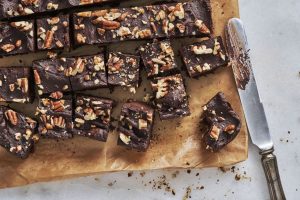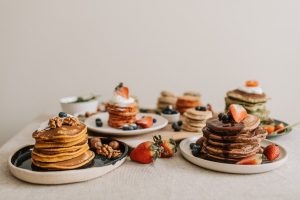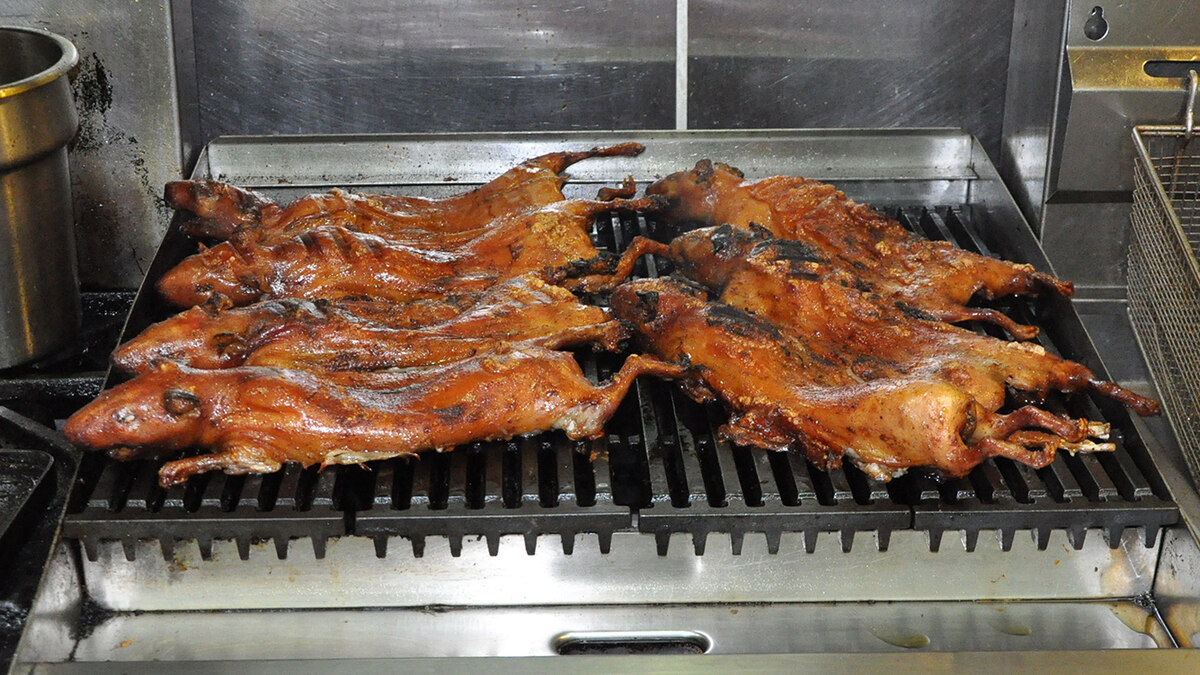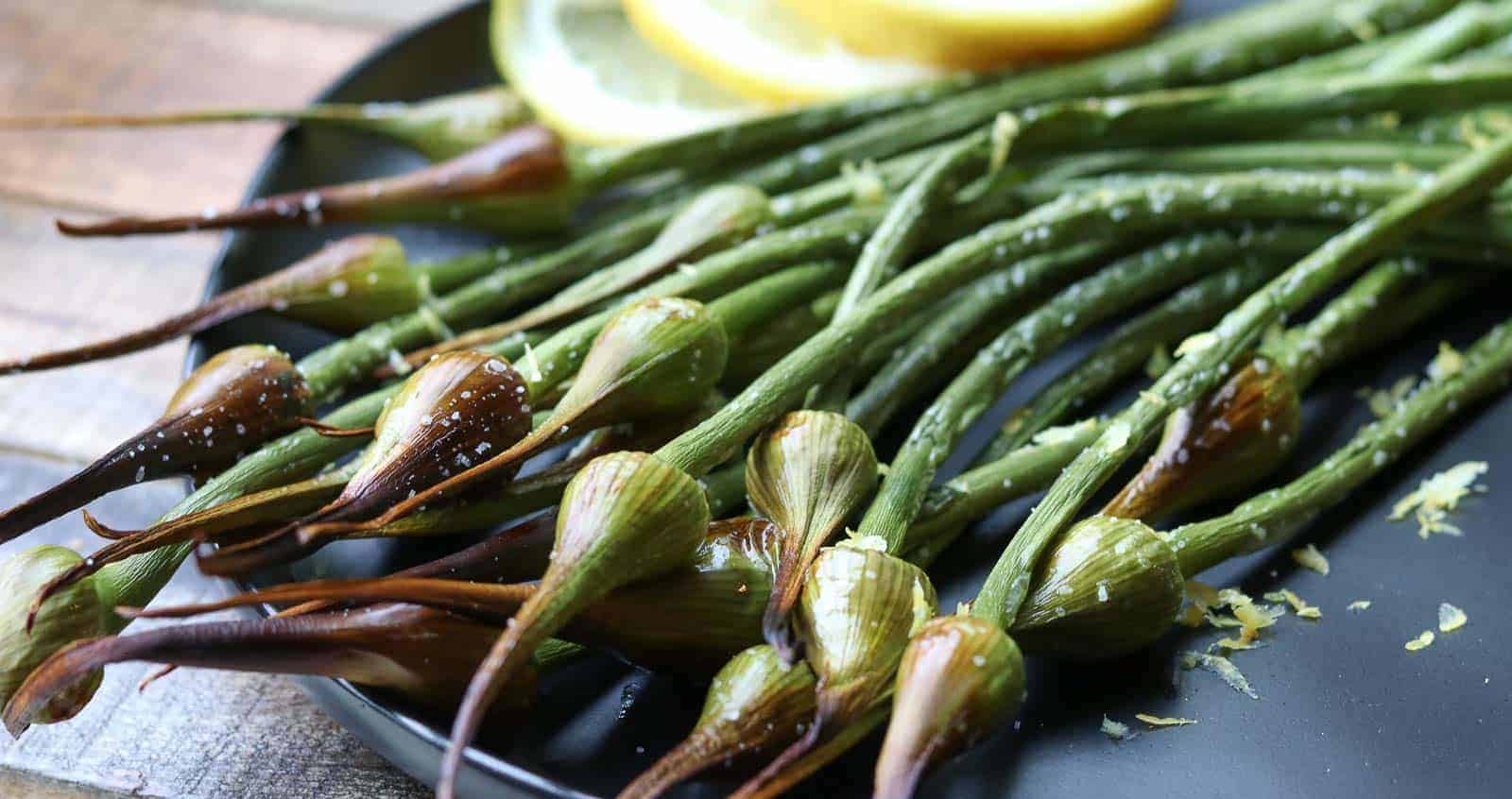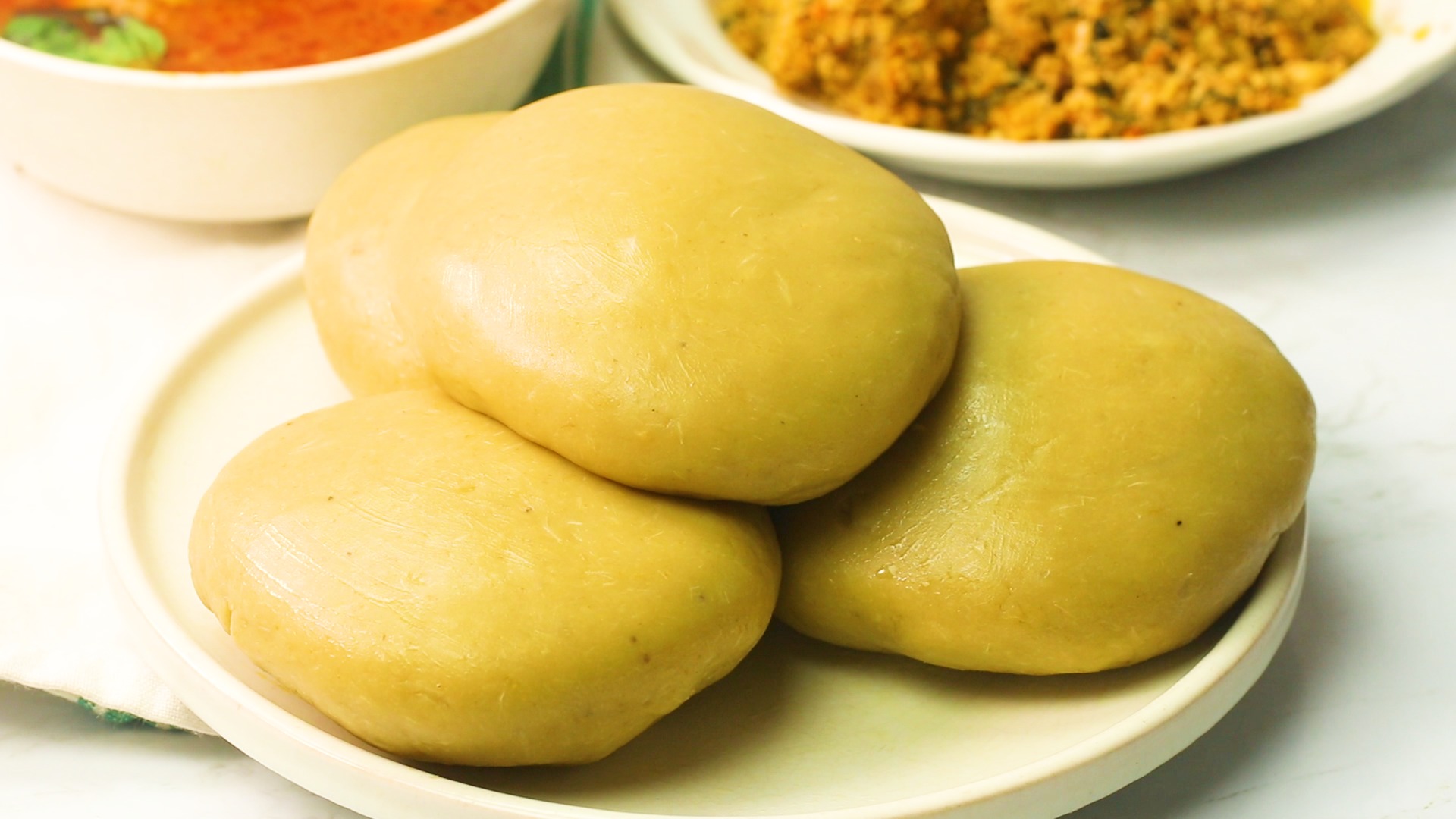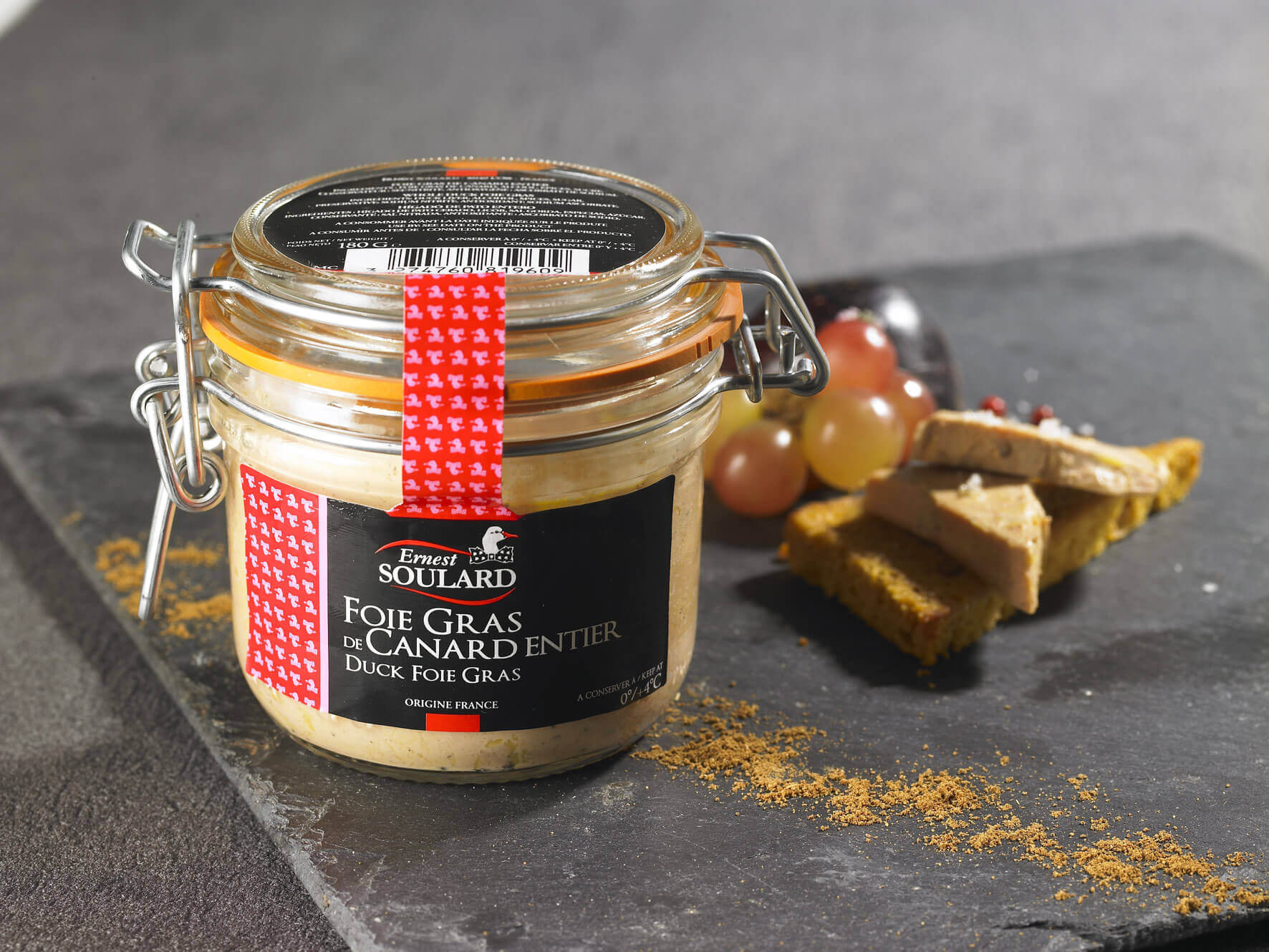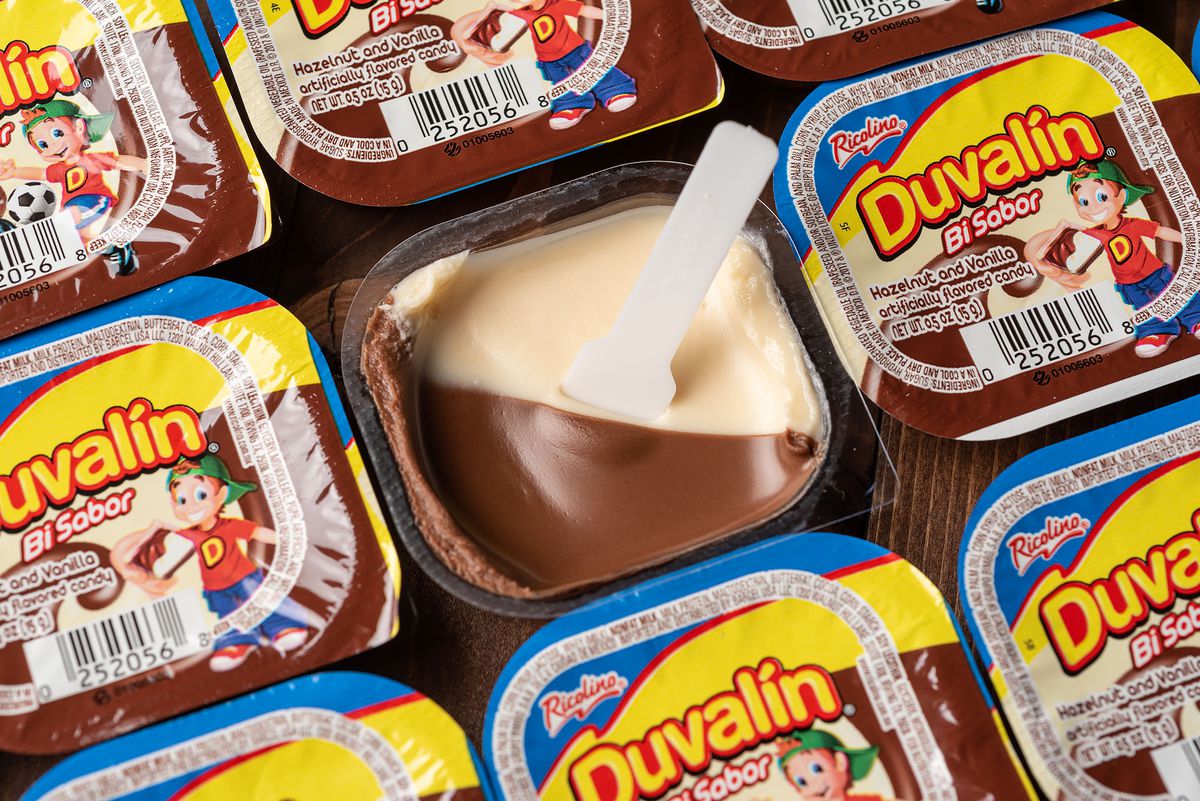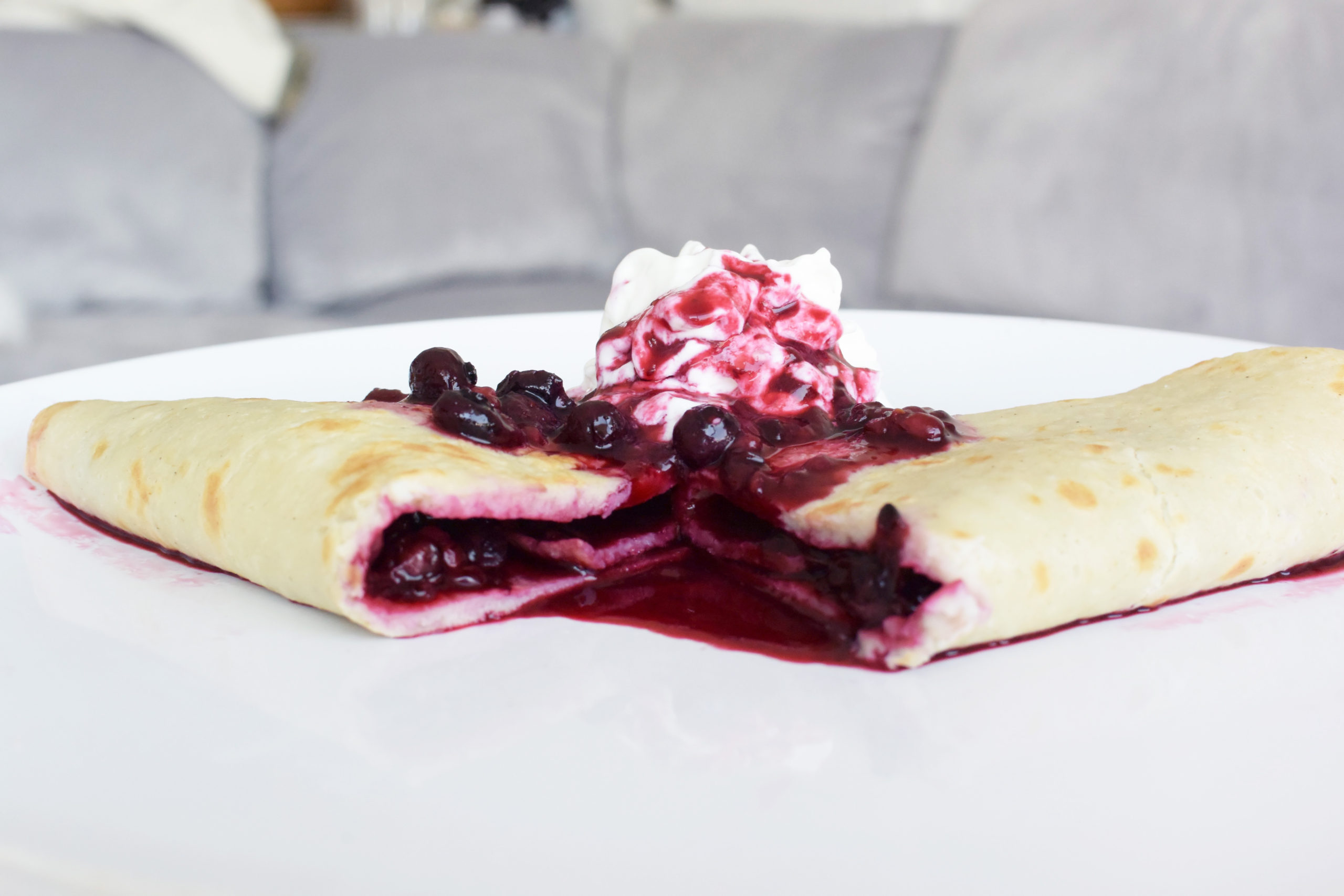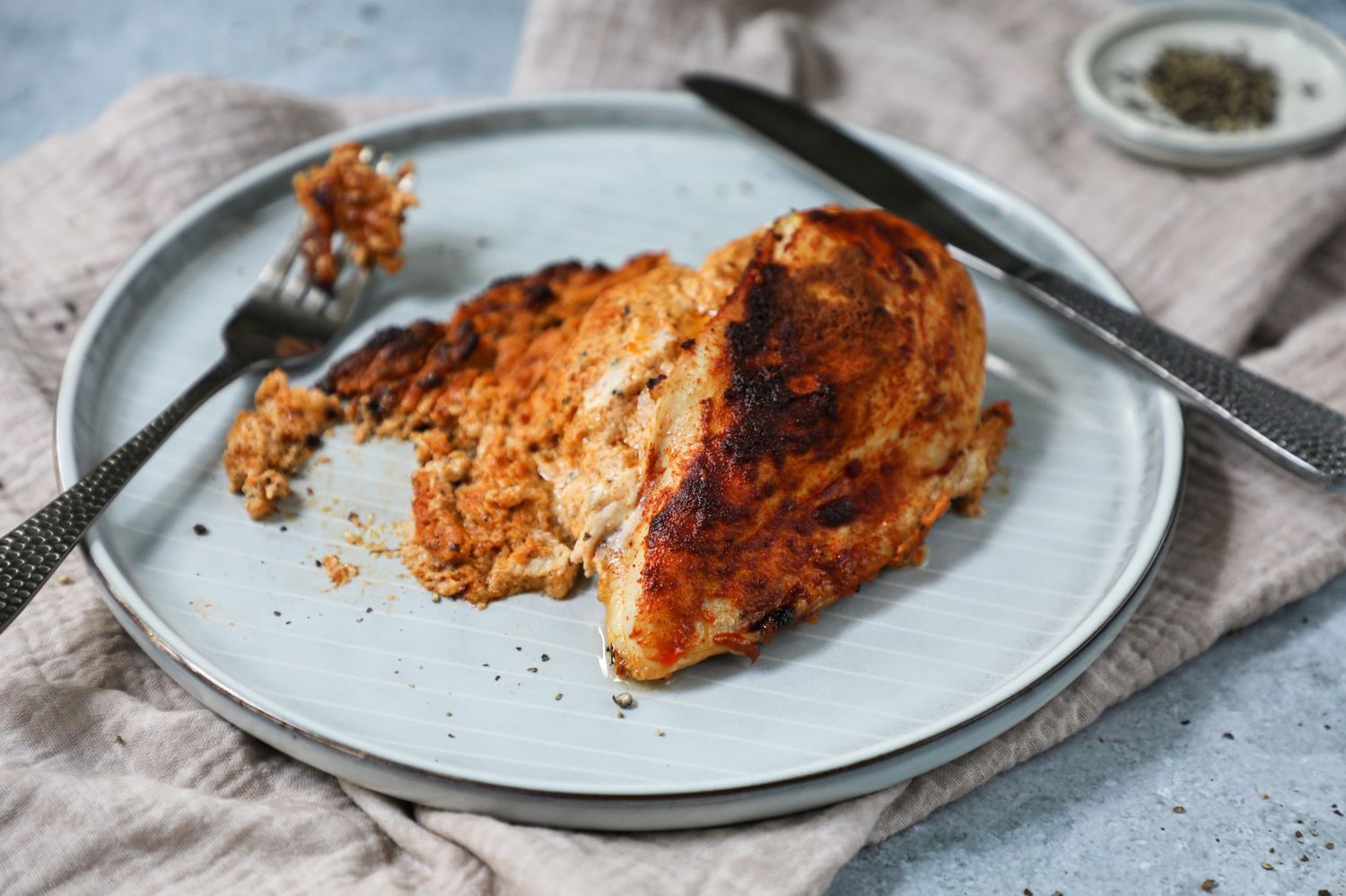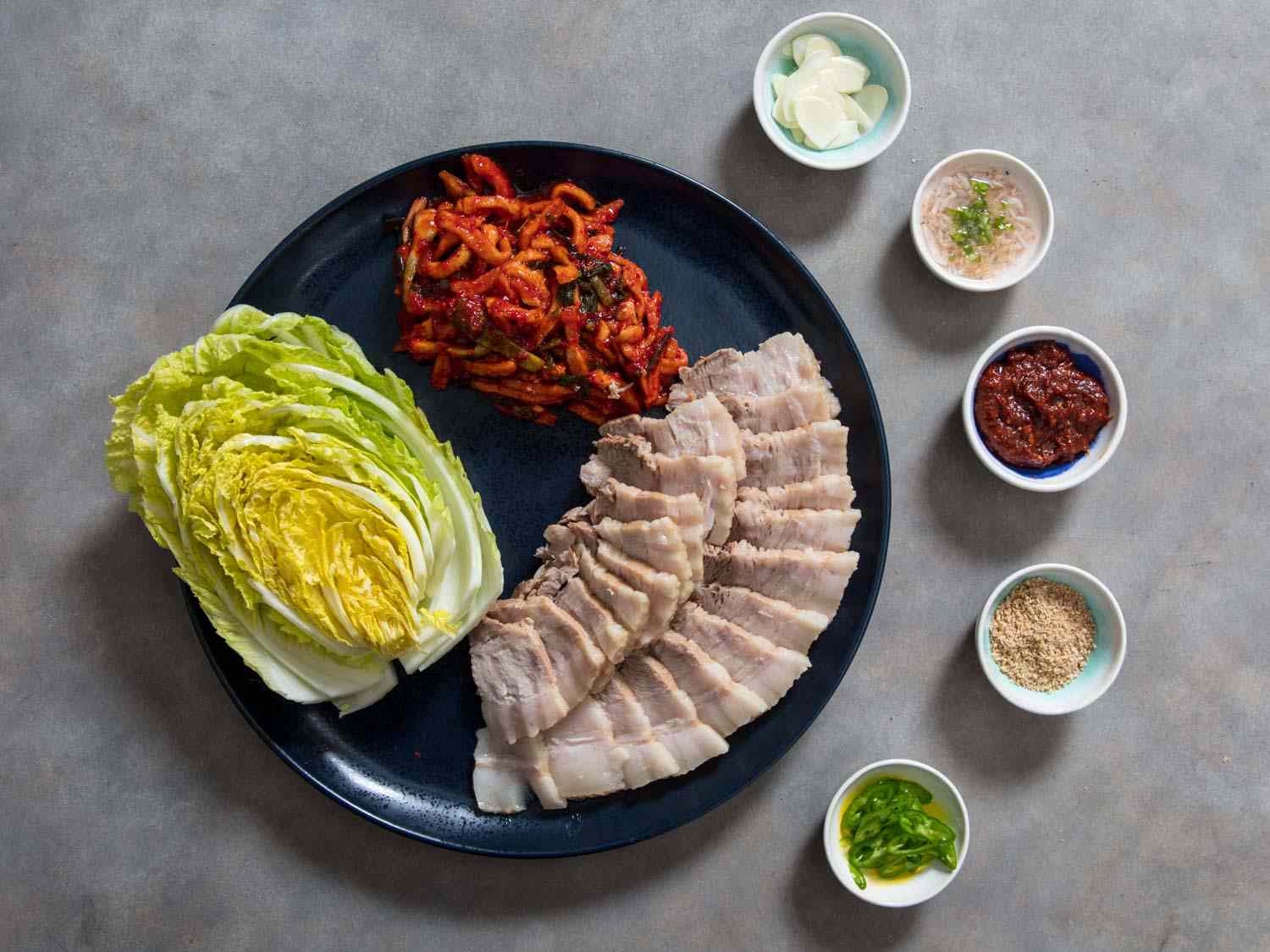How to Eat Gluten-Free, Diabetic, and Dairy-Free
Living with dietary restrictions can be challenging, but with the right knowledge and resources, it is possible to enjoy a delicious and satisfying diet. If you are looking to eat gluten-free, diabetic, and dairy-free, there are several important factors to consider. Here are some tips to help you navigate these dietary requirements:
Eating Gluten-Free
For individuals with celiac disease or gluten sensitivity, following a gluten-free diet is essential for maintaining good health. Here are some tips for eating gluten-free:
- Choose naturally gluten-free foods such as fruits, vegetables, lean meats, fish, and legumes.
- Read food labels carefully to identify any hidden sources of gluten.
- Look for gluten-free alternatives to your favorite foods, such as gluten-free bread, pasta, and baking mixes.
- Experiment with gluten-free flours like almond flour, coconut flour, or rice flour for baking and cooking.
Managing a Diabetic Diet
Individuals with diabetes need to be mindful of their carbohydrate intake and blood sugar levels. Here are some tips for managing a diabetic diet:
- Focus on portion control and balanced meals that include lean protein, healthy fats, and high-fiber carbohydrates.
- Avoid sugary drinks and opt for water, herbal tea, or unsweetened beverages.
- Monitor your blood sugar levels regularly and adjust your diet as needed in consultation with a healthcare professional.
- Choose whole grains, such as quinoa, brown rice, and oats, over refined grains to help manage blood sugar levels.
Adopting a Dairy-Free Lifestyle
Whether due to lactose intolerance or a dairy allergy, many individuals need to eliminate dairy from their diet. Here are some tips for adopting a dairy-free lifestyle:
- Explore dairy-free alternatives such as almond milk, coconut milk, or oat milk as substitutes for cow’s milk.
- Experiment with dairy-free cheese and yogurt options made from nuts, soy, or coconut.
- Read food labels to identify hidden sources of dairy, such as whey, casein, or lactose.
- Incorporate calcium-rich foods like leafy greens, tofu, and fortified non-dairy products to ensure adequate calcium intake.
By being mindful of your dietary needs and making informed choices, it is possible to enjoy a varied and delicious diet while managing gluten-free, diabetic, and dairy-free requirements. Remember to consult with a healthcare professional or a registered dietitian to ensure that your dietary needs are being met and to address any concerns or questions you may have.
With the right approach and a bit of creativity in the kitchen, eating gluten-free, diabetic, and dairy-free can be both enjoyable and fulfilling.
